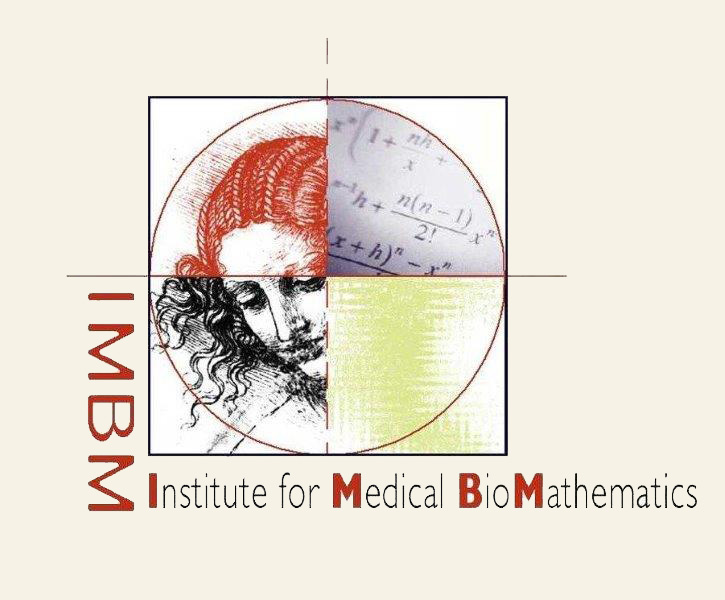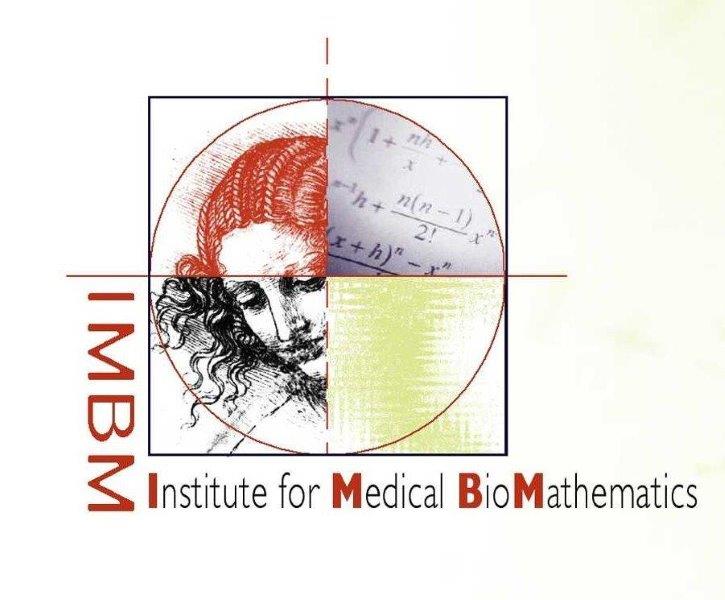
Cancer Stem Cells
Background
All tissues in the body are derived from organ-specific stem cells (SCs), defined by their capacity to undergo self-renewal and to differentiate into the cell types that comprise the organ. The cancer stem cell (CSC) theory asserts that some elements of the normal cellular hierarchy also exist in cancer. Accordingly, a defined subset of cancer cells, CSCs, has the exclusive ability to drive the growth and spread of the disease, whereas their more differentiated progeny is destined to die, due to limited or no ability to undergo further mitotic divisions.
Methods and Results
Recently, we have developed mathematical models for disentangling the complex biological interactions involved in SC regulation, in general, and in CSC regulation, in particular (Daniel, & Ginosar, 2002; Kirnasovsky, Kogan, & Agur, 2008a; Agur, Kirnasovsky, Kogan, & Agur, 2008b; Agur, et al., 2010; Agur et al, 2011, Vainstein et al, 2012, Hochman et al, in press). First, we searched for the simplest possible mechanism that allows the system to maintain homeostasis. We developed a minimal cellular–automata model that encapsulated proliferation and differentiation properties of individual cells. Analysis of this model established that SC fate-decision is primarily regulated by specific local interactions between these cells, “quorum sensing”, and that SCs would proliferate unlimitedly if this regulation was attenuated (Agur, et al., 2002). In addition, we established that no simpler mechanism could decide the cell fate, i.e, whether they will proliferate or differentiate (Kirnasovsky, et al., 2008b; Kirnasovsky, et al., 2008a).
Growing evidence suggests that pathways, controlling normal SCs destiny, e.g., Wnt, Notch and Hedgehog, are deregulated in cancer cells. Therapeutic modulation of these pathways, switching SCs from proliferation to differentiation, may represent a novel treatment approach for cancer. Mathematical modeling is a new approach to the understanding of the complex, interconnected intracellular pathways involved in fate decision of CSC and their role in cancer control. We developed a mathematical model representing the major signaling pathways controling the fate of breast CSCs, namely the Wnt and Notch pathways (Kirnasovsky, et al., 2008a, Agur et al, 2011). Model analysis indicated that Dickopf1 (Dkk1), a protein known to negatively regulate the Wnt pathway, plays a role in the transition from SC replication to differentiation. We show analytically and in computer simulations that administration of the Dkk1 protein to breast CSCs alters cancerous tissue’s homeostasis by inducing SC differentiation, sharply reducing SC numbers. We have validated these theoretical predictions by in vitro experiments (Agur et al, 2011).
Now we are developing a more detailed model for the main signaling pathways (Wnt, Notch and Shh) regulate CSC proliferation and differentiation and the interactions between them in order to identify possible malfunctions that cause cancerous behavior and suggest improved strategies for eliminating CSCs.
Conclusions
The protein Dkk1 controls fate-decision in CSC in a biphasic manner. In relatively high doses it diverts CSC from replication into differentiation. As such its ectopic administration, using sufficiently large doses, can divert proliferating CSC into differentiation. The extension of this finding to other cancer indications should be evaluated.
Current Project
Aberrant activation of the Wnt/beta-catenin signaling pathway is common in different types of cancer. Many of the genes in the Wnt pathway, which were first discovered to function transiently in development, turned out to act as oncogenes and tumour suppressors when deregulated in human cancer. A great deal of effort is being invested worldwide in developing anti cancer therapeutic agents that function by fine-tuning the Wnt pathway. In order to find the best target for therapeutic intervention, we have developed and validated a mathematical model describing in details the first steps of the Wnt signaling pathway, including effects of extracellular inhibitors (Kogan et al, 2012). The model simulations predict synergistic effect of two inhibitors of the pathway, sFRP and Dkk, which may point towards a new treatment avenue in cancer treatment through Wnt signaling inhibition. The model for the Wnt signaling pathway is now being expanded and further adjusted to represent cancer-related mutations in this pathway. We also intend to explicitly include in the model the effect of the Wnt pathway activity on CSC proliferation. It will be used to study the effect of specific oncogenic mutations in the Wnt pathway on cancer progression, especially on the metastatic process.
For further reading
- Hochman G., Agur Z. Deciphering Fate Decision in Normal and Cancer Stem Cells – Mathematical Models and Their Experimental Verification. in Mathematical Models and Methods in Biomedicine, A. Friedman, E. Kashdan, U. Ledzewicz and H. Sch?ttler (eds). Springer 2012 (In Press), pp. 31-61.
- Kogan Y, Halevi-Tobias KE, Hochman G, Baczmanska AK, Leyns L, Agur, Z. A new validated mathematical model of the Wnt signaling pathway predicts effective combinational therapy by sFRP and Dkk. Biochem J. 2012 Feb 22. [Epub ahead of print] PMID; 22356261
- Vainstein V, Kirnasovsky OU, Kogan Y, Agur Z. Strategies for cancer stem cell elimination: Insights from mathematical modeling. J Theor Biol. 2012 7(298) pp.32-41
- Agur Z, Kirnasovsky OU, Vasserman G, Tencer-Hershkowicz L, Kogan Y, Harrison H, et al. Dickkopf1 regulates fate decision and drives breast cancer stem cells to differentiation: an experimentally supported mathematical model. PLoS one 2011 6(9) e24225
- Agur, Z., Kogan, Y., Levi, L., Harrison, H., Lamb, R., Kirnasovsky, O. U., et al. Disruption of a Quorum Sensing mechanism triggers tumorigenesis: a simple discrete model corroborated by experiments in mammary cancer stem cells. Biol Direct 2010 5, 20.
- Kirnasovsky, O. U., Kogan, Y., & Agur, Z. (2008a). Analysis of a mathematical model for the molecular mechanism of mammary stem cell fate decision. Mathematical Modelling of Natural Phenomena 2008 3(7), 78-89.
- Kirnasovsky, O. U., Kogan, Y., & Agur, Z. (2008b). Resilience in Stem Cell renewal: Development of the Agur – Daniel – Ginossar Model. Discrete and Continuous Dynamical Systems – Series B 2008 10(1), 129-148.
- Agur, Z., Daniel, Y., & Ginosar, Y. The universal properties of stem cells as pinpointed by a simple discrete model. J Math Biol 2002 44(1), 79-86.

